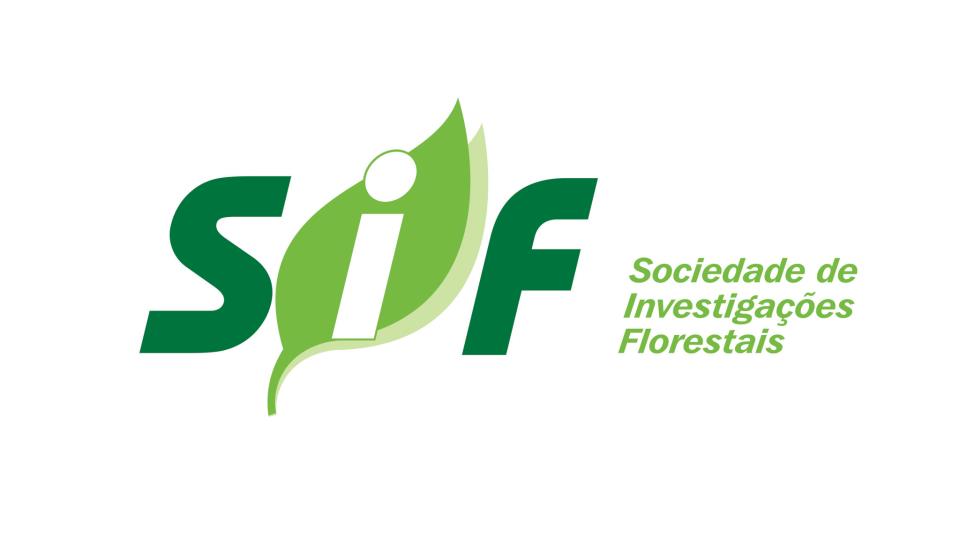Biblioteca Florestal
Digital
Digital
Variação da umidade do material combustível florestal em função de índices de perigo de incêndios

- Página inicial
- →
- Biblioteca Florestal Digital
- →
- Periódicos
- →
- Cerne
- →
- Cerne - v.18, n.3, 2012
- →
- Ver item
JavaScript is disabled for your browser. Some features of this site may not work without it.
| dc.contributor.author | Pereira, José Fernando | |
| dc.contributor.author | Batista, Antonio Carlos | |
| dc.contributor.author | Soares, Ronaldo Viana | |
| dc.date.accessioned | 2015-09-17T19:09:38Z | |
| dc.date.available | 2015-09-17T19:09:38Z | |
| dc.date.issued | 2012-07 | |
| dc.identifier.citation | PEREIRA, J. F.; BATISTA, A. C.; SOARES, R. V. Variação da umidade do material combustível florestal em função de índices de perigo de incêndios. Cerne, Lavras, v. 18, n. 3, p. 371-376, jul./set. 2012. | pt_BR |
| dc.identifier.issn | 0104-7760 | |
| dc.identifier.uri | http://www.bibliotecaflorestal.ufv.br:80/handle/123456789/15190 | |
| dc.description.abstract | Esta pesquisa foi realizada em plantios de Pinus elliotii localizados na Estação Florestal Experimental de Rio Negro– Paraná, pertencente à Universidade Federal do Paraná com os objetivos de analisar as correlações entre a umidade dos combustíveis florestais finos e os índices de perigo de incêndios FMA e FMA+ e desenvolver modelos para estimar a umidade dos materiais combustíveis baseados nesses índices. As variáveis meteorológicas utilizadas na pesquisa foram obtidas junto à estação meteorológica do Instituto SIMEPAR e de um pluviógrafo e de um termohigrógrafo instalados na área do experimento. Os combustíveis florestais foram coletados em parcelas de 30 cm x 30 cm, classificados por diâmetro (< 0,7 cm Ø – A e de 0,7 a 2,5 cm Ø – B) e em função da posição na manta (camada superficial - AA, intermediária - AB e inferior - AC). A espessura da manta formada pelos combustíveis acamados sobre o piso florestal variou entre 14,8 e 15,3 cm. A quantidade total de material combustível variou entre 3185,50 e 4266,01 g.m-2. Os índices de perigo de incêndios FMA e FMA+ foram calculados diariamente e os valores obtidos nos dias das coletas dos combustíveis foram usados para as análises de correlações e ajustes das funções estimativas. Os coeficientes de correlação entre umidade relativa e classes de combustível foram 0,42; 0,36; 0,32 e 0,41 para o AA, AB, AC, e as classes B, respectivamente. Os coeficientes de correlação entre a precipitação e as classes de combustível foram 0,57; 0,38; 0,34; e 0,15 para o AA, AB, AC e as classes B, respectivamente. Os coeficientes de correlação entre as classes de combustível eo + FMA foram -0,53; -0,56; -0,63; e 0,81 para o B classes, AB, AA, e AC, respectivamente. O + FMA foi a variável mais eficiente no desenvolvimento de modelagem para estimar a umidade de combustível morto. A umidade dos materiais combustíveis finos apresentou correlações estatisticamente significativas com as variáveis umidade relativa do ar e precipitação e com os índices de perigo de incêndios FMA e FMA+. No desenvolvimento dos modelos para a estimativa de umidade dos materiais a variável mais importante observada nos ajustes foi o FMA+. | pt_BR |
| dc.description.abstract | This research was carried out in a Pinus elliottii plantation, established in 1984, located in the Rio Negro Forest Research Station- Rio Negro – Paraná, owned by the Paraná Federal University, Paraná State, Brazil. The research objectives were to analyze the correlations between the FMA and FMA+ fire danger indices and the fine fuel moisture, and develop mathematical models to estimate the fuel moisture based on these indices. The meteorological variables were obtained from a SIMEPAR weather station, located 50km away, and from a pluviograph and a thermo-hygrograph installed in the study area. The dead forest fuels were collected from 30x30cm plots, between 12 noon and 2:00PM, and classified as: AA – surface layer; AB – intermediate layer; AC – lower layer; and B -woody material with 0.7 to 2.5cm diameter. The total fuel load varied from 3185.50 to 4266.01g.m-2. The fire danger indices were daily calculated and the values obtained in the fuel colleting days were used to calculate the correlations. The correlation coefficients between relative humidity and fuel classes were 0.42; 0.36; 0.32; and 0.41 for the AA, AB, AC, and B classes, respectively. The correlation coefficients between precipitation and fuel classes were 0.57; 0.38; 0.34; and 0.15 for the AA, AB, AC, and B classes, respectively. The correlation coefficients between the fuel classes and the FMA+ were -0.53; -0.56; -0.63; and 0.81 for the classes B, AB, AA, and AC, respectively. The FMA+ was the most efficient variable in modeling development to estimate dead forest fuel moisture. | pt_BR |
| dc.format | 6 páginas | pt_BR |
| dc.language.iso | pt_BR | pt_BR |
| dc.publisher | Universidade Federal de Lavras | pt_BR |
| dc.relation.ispartofseries | Cerne:v.18,n.3; | |
| dc.subject.classification | Ciências Florestais::Meio ambiente::Incêndios florestais | pt_BR |
| dc.title | Variação da umidade do material combustível florestal em função de índices de perigo de incêndios | pt_BR |
| dc.title | Forest fuel moisture variation in terms of forest fire danger index | pt_BR |
| dc.type | Artigo | pt_BR |
Arquivos deste item
| Arquivos | Tamanho | Formato | Visualização | |
|---|---|---|---|---|
| Cerne_v18_n3_p371-376_2012.pdf | 727.5Kb |

|
Visualizar/ |
|





